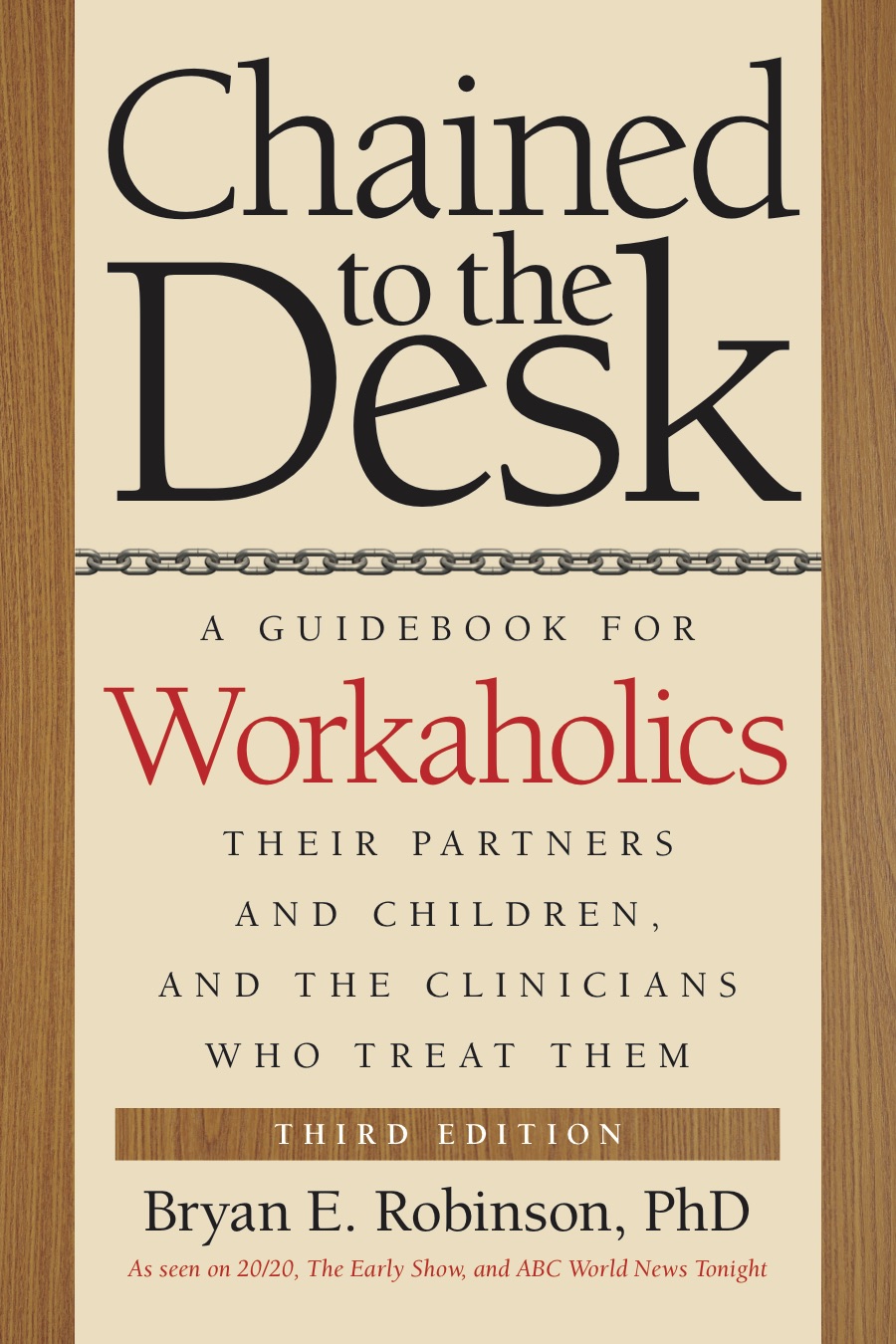Mindfulness, once considered an occult Eastern spiritual practice, has achieved respectability in the United States as a viable clinical technique. Jon Kabat-Zinn’s evidence-based research program called mindfulness-based stress reduction at the University of Massachusetts Medical Center has brought mindfulness into mainstream treatment, and it has special significance for treating workaholism.
Mindfulness is not a religion; it’s an ancient practice that modern science has revived to bring about change in our lives from the inside out. It’s the ability to pay compassionate, nonjudgmental attention to what you’re thinking and feeling and to what’s happening inside your body and around you in the present moment. As you practice this technique, you train your mind to do what it doesn’t do instinctively: to come back to the present, to enjoy the moment, and to appreciate your life instead of focusing on survival worries (“What if I get laid off?” or “Can I measure up?”). With practice, mindfulness gets you to a state where your mind is relaxed and alert at the same time. A growing body of scientific evidence attests to the link between mindfulness and well-being.
Practicing Mindfulness Exercises
Mindfulness practices aren’t as easy as I make them sound, but they’re not all that difficult either. Even though you’re not aware of it, you’re judging yourself and your experience of others much of the time. And your mind might be miles away from your body, caught up in streams of survival thoughts about future or past judgments.
Take time right now to notice your thoughts. In a relaxed position, put yourself fully into the present moment. Try watching the thoughts streaming through your mind with a nonjudgmental attitude. You don’t have to do anything but pay attention to them. Don’t try to change or fix them. Just be aware of them. Are the thoughts centered on the future or the past, or are they focused in the present? Are they calm and serene, or worried and anxious? You’ll probably notice that they’re preparing you to react to situations with more stress than necessary. Or they might be replaying a negative situation that you could have handled differently. This type of paying attention to your mind is an example of mindful awareness.
Now let’s do another exercise that takes your attention to your body:
- Turn your attention to your fingers and focus there for a minute.
- Wiggle your fingers and notice how this sensory experience feels. Focus on how the wiggling looks and sounds. Do you hear any crackling in your joints or sonds of skin against skin? What else are you aware of?
- Notice if you judge yourself or the exercise, or if you have trouble staying focused.
- Now ask yourself if this exercise gave you an immediate connection to the present moment. Or did your judgment interfere with your being fully engaged? If you were fully engaged during the exercise, you might have noticed that previous worries or stressful thoughts were absent.
Mindful Working: Rx for Workaholism
Most solutions to job stress, workaholism, and workplace problems impose change from the inside out, regardless of workplace circumstances or the nature of job problems. I call this simple solution to an epidemic problem facing the American workforce mindful working— the intentional, moment-to-moment awareness of what’s happening inside you and immediately around you accompanied by self-attuned, compassionate interest during your daily work schedules and routines.
When you’re working mindfully, you keep your attention on the stream of the process, instead of just focusing on completion of the task. You’re able to bring curious, nonjudgmental attention to your work and notice moment-to-moment body sensations, mental processes, and feelings that arise while you’re working or thinking about your job during the best of times and the worst of times. In addition, you master schedules, difficult work relationships, and new technologies instead of becoming slaves to them. Instead of beating yourself up when things fall apart, you can use self-compassionate attunement to ease yourself through work stress, business failures, job loss, or worry and anxiety about career goals.

Follow us here and subscribe here for all the latest news on how you can keep Thriving.
Stay up to date or catch-up on all our podcasts with Arianna Huffington here.


